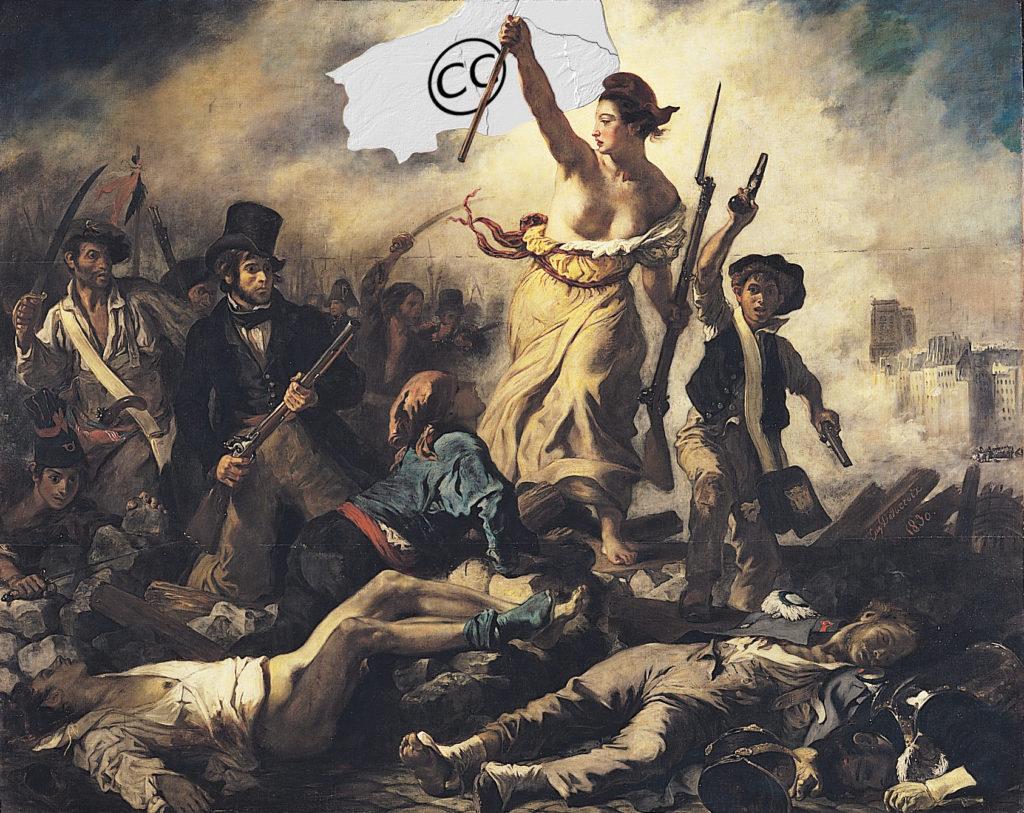The culture of sharing is deeply embedded in the 3D printing community. This doesn’t mean that it is universal, but rather that it is more of a choice not to participate. Sharing openly is seen as something to be declared proudly and its absence somewhat suspiciously regarded. A recent think piece authored by Michael Weinberg (tagline for his blog: ‘I put things here so they are on the internet’) brings to light some interesting difficulties being brought about by the success of the open source and Creative Commons copyright movements.
This desire to share is creating problems, but as copyright expert Weinberg notes, they are good problems to have. These are the results of over-abundance and widespread enthusiasm. In other words, despite being bad news, this is good news. Unlike a rip in the space-time continuum which is caused by the overactive imaginations of science fiction writers, a rip in the safety net that is open source and Creative Commons (OSS/CC) is caused by the massive volume of people opting in to the system. As Weinberg explains:“The upshot of the situation is the OSS/CC trained a lot of people to share, but to share conditionally. This conditionality was (and is) important to creating a commons: it gives people confidence in sharing and makes them feel like they are entering a community with reciprocity. Conditional sharing has created an unbelievable rich commons of code, art, and expression.”
What is happening is that the concept of the legally binding natures of copyright and licensing are being stretched to their limits as the public idea of what they can protect grows like Seymour’s plant in Little Shop of Horrors. The root of the problem lies in a misunderstanding of what exactly can be protected legally and what can only be monitored by social graces. Some things are naturally subject to copyright and the licensing provided through OSS/CC is actually to ensure that permissions are given so that they can be shared easily. Other things are naturally outside of the limits of copyright law, therefore licensing them is unnecessary.
 What this creates is a situation in which people may believe that they are entitled to license their creations when, in fact, they are not and since the lines are not clearly understood, could lead to a crisis of confidence in the OSS/CC system. Weinberg clarifies:
What this creates is a situation in which people may believe that they are entitled to license their creations when, in fact, they are not and since the lines are not clearly understood, could lead to a crisis of confidence in the OSS/CC system. Weinberg clarifies:
“Some parts of any given open source hardware project may be protectable by copyright, and many 3D printed objects are protected by copyright. However, the functional parts of an open source hardware project and more utilitarian 3D printed objects are beyond the scope of copyright…As a result, on some level and in a non-trivial number of cases, using copyright-based licenses for works in these communities is inappropriate.”

OSS/CC has overflowed its original purposes. [Image: flickr user zoetnet CC-BY 2.0.]
So what is to be done?
I had sincerely hoped something brilliant would occur to me so that I could publish it here and then be hailed as a hero (my superpower being insight). Unfortunately, this is a very complex issue that does not lend itself easily to facile solutions. The key at this point is that to recognize the existence of the issue at all is a step in the right direction. And because it is the collaborative nature of these communities that make them so strong, the solution (or at least the next evolution of the problem) will more than likely come as a result of a collective mind.
So go ahead and 3D print your thinking cap; we’re going to need you. Discuss further in the Open Source & Creative Commons forum over at 3DPB.com.
Subscribe to Our Email Newsletter
Stay up-to-date on all the latest news from the 3D printing industry and receive information and offers from third party vendors.
Print Services
Upload your 3D Models and get them printed quickly and efficiently.
You May Also Like
U.S. Navy Lab Uses 3D Printing to Reduce Tooling Lead Time By Over 90%
The F-35 Lightning II Joint Program Office (JPO), responsible for life-cycle management of the key fifth-generation joint strike fighter (JSF) system used by the U.S., its allies, and its partners,...
Etsy Design Rule Change Reduces Selection of 3D Printed Goods
Online marketplace Etsy has implemented a rule change requiring all 3D printed goods on the site to be original designs. The update to the site’s Creativity Standards states, ¨Items produced using...
Honeywell Qualifies 6K Additive’s Nickel 718 for 3D Printed Aerospace & Defense Parts
6K Additive is renowned for manufacturing sustainable additive manufacturing (AM) powder, and offers a wide portfolio of premium metal and alloy powders that include titanium, copper, stainless steel, and nickel,...
MetalWorm Sells WAAM Systems to Research Institutes in Brazil and Malaysia
Turkish WAAM firm MetalWorm has sold a system in Malaysia and another in Brazil. This is an excellent example of a few emerging trends in additive. Firstly, WAAM was experimented...



































